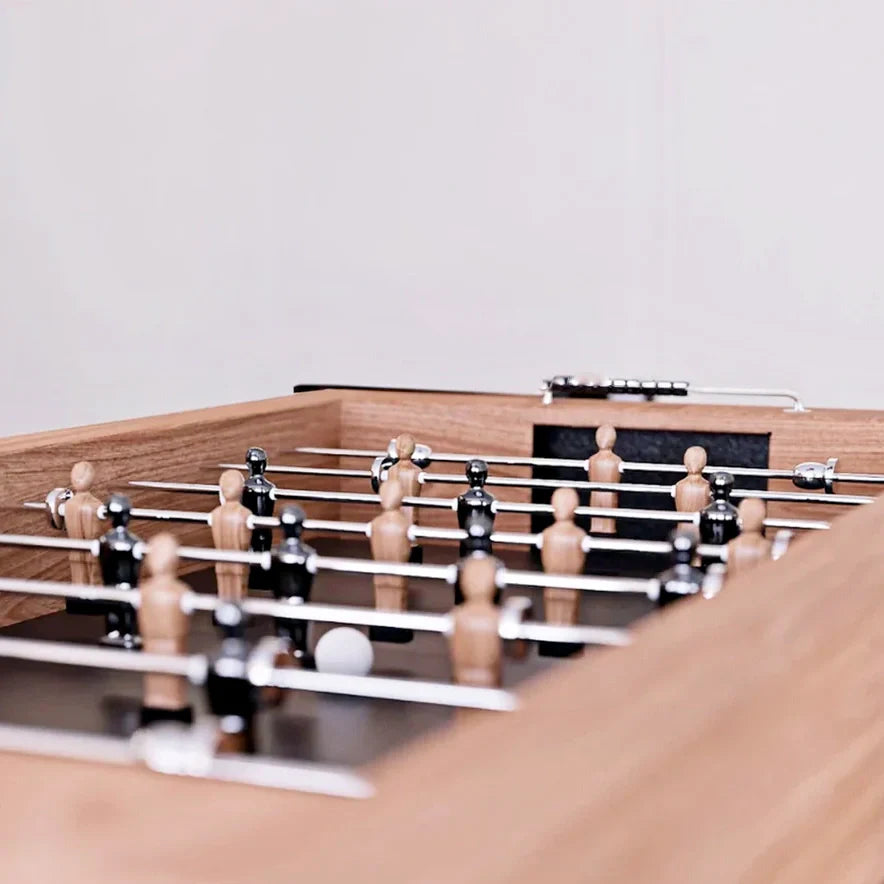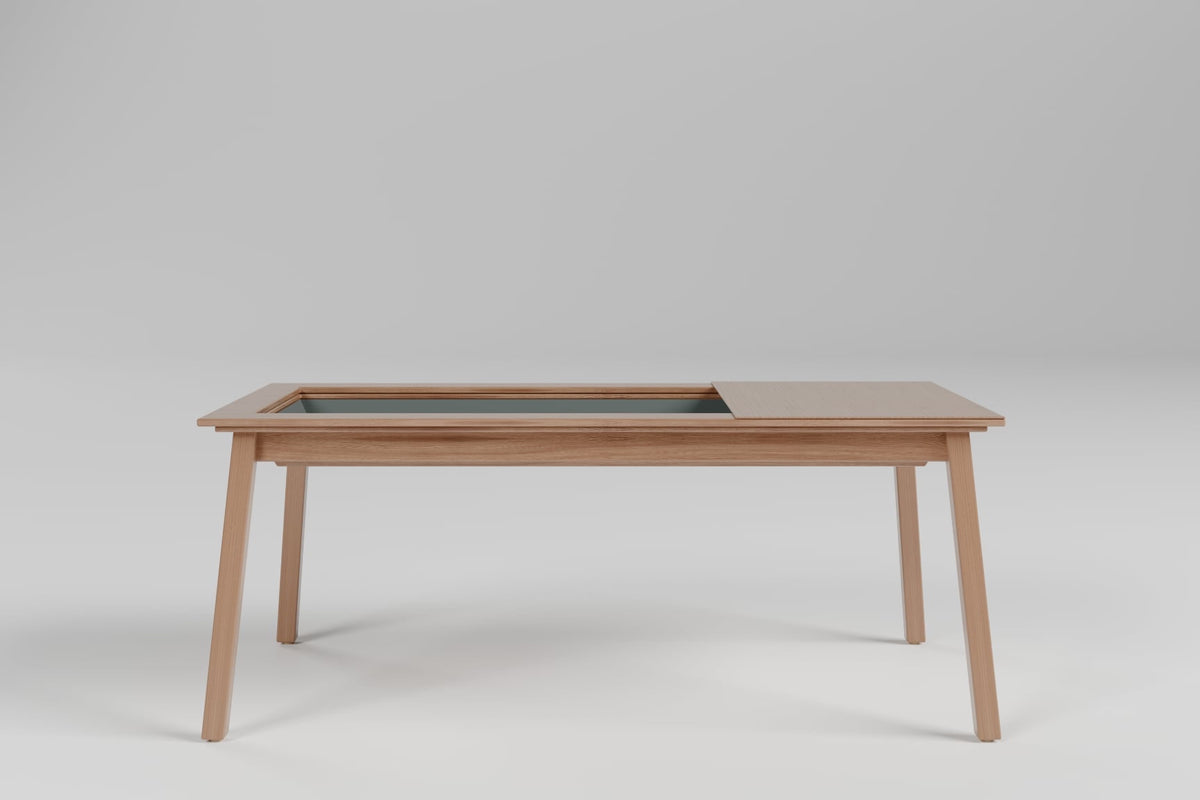Origins in England
Table tennis, also known as ping-pong, has a rich history that traces back to the late 19th century in England. Initially played as a parlor game by the Victorian upper-middle class, it evolved into a globally recognized sport.

The game began as a casual after-dinner pastime, where players would use improvised equipment. Early versions involved:
- Table: Dining room tables served as makeshift courts.
- Net: A line of books was used as a net.
- Rackets: Cigar box lids initially acted as paddles, later replaced by rackets made from parchment paper stretched over frames.
- Ball: Players used corks from champagne bottles or rubber balls.
Development and Formalization

By the early 1900s, significant advancements were made in equipment and rules. In 1901, the introduction of celluloid balls provided better bounce and durability. In 1902, E.C. Goode introduced rackets with pimpled rubber surfaces, enhancing gameplay.
The first official tournament took place in 1902, and by 1926, the International Table Tennis Federation (ITTF) was established in Berlin, with the first World Championships held in London that same year.
Global Expansion

Table tennis spread rapidly throughout Europe and into Asia by the mid-1920s. Japan emerged as a dominant force in the sport during the 1950s, introducing innovations like foam rubber paddles that increased speed and spin capabilities. The late 1960s saw China rise to prominence, with players like Zhuang Zedong winning multiple world championships.
Ping Pong Diplomacy

A notable event in table tennis history occurred in 1971 when the U.S. team visited China, marking a thaw in Sino-American relations during the Cold War. This event was famously dubbed "the ping heard around the world" and helped popularize table tennis further internationally.
Modern Era and Olympic Inclusion

Table tennis became an Olympic sport at the Seoul Games in 1988. Since then, it has undergone several changes:
- Ball Size: In 2000, the diameter of the ball was increased from 38mm to 40mm to slow down play and increase rallies.
- Material Changes: In 2014, balls transitioned from celluloid to plastic materials, affecting spin dynamics.
Recent Developments
Today, table tennis is one of the most popular sports globally, with an estimated 260 million players worldwide and an extensive competitive framework governed by the ITTF.
The rules governing equipment have also evolved, with new regulations for racket coverings to ensure fair play, allowing players to use different colored rubbers on their paddles.





0 comments